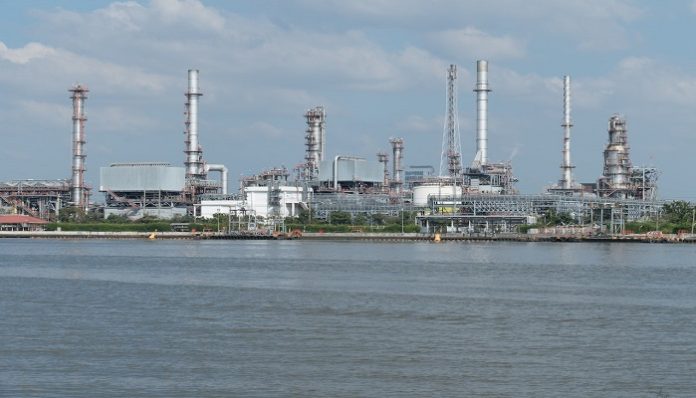Abstract
As electric vehicle adoption grows, the demand for gasoline declines, impacting oil refineries. Indian refineries are shifting investments to petrochemicals, which are expected to drive future oil demand growth. However, challenges like inadequate infrastructure and regulations may hinder progress. Government support, incentives, and global partnerships are crucial for the Indian petrochemical industry to capitalize on its potential.
Introduction
The global transportation sector is undergoing a significant transformation. As the demand for electric vehicles EVs grows, there is a visible decline in the demand for gasoline worldwide. The presence of EVs on the roads is expected to displace approximately 5 million barrels of refined oil daily which has raised concerns for the oil refinery business. However, state-owned refineries in India, such as Bharat Petroleum (BPCL) and Indian Oil (IOCL), are prepping the game by redirecting their investments towards the downstream industries, mainly petrochemicals.
Petrochemicals, are derived from refinery processes, by cracking naphtha, natural gas etc and now also direct crude to chemicals. They find way into numerous everyday products, including textiles, agrochemicals, drugs and pharma detergents, cosmetics, fertilizers, etc, etc.
High Trajectory
Petrochemicals are poised to consume over a third of the oil demand growth by 2030 and nearly half by 2050, as per the International Energy Agency’s forecast. The petrochemical sector in India is reflective of this global trajectory, with robust year-on-year revenue growth of 19%-20%. Such high numbers can be attributed to the revival of domestic demand and a notable surge in exports. Multinational companies operating in downstream industries are actively adopting the China Plus One strategy, seeking to diversify their supply chains and reduce dependency on China. This strategic shift presents an opportunity for Indian chemical companies to establish a stronger foothold in global markets, opening new avenues of growth for the Indian chemical industry.
However, there are significant challenges that could impede progress and lead to a trade deficit by 2040. Inadequate infrastructure, scarcity of raw materials, and inconsistent regulations pose significant hurdles for the Indian petrochemical industry. India heavily relies on imports of crucial chemicals due to the limited availability of domestic feedstock. Additionally, the fragmented and inconsistent regulatory landscape involving multiple ministries, departments, and organisations could create a climate of uncertainty, slowing the growth of domestic players.
The Challenges
Addressing these challenges requires the swift implementation of a Product Linked Incentive (PLI) Scheme to ensure the availability of cost-competitive raw materials and improve logistical capabilities. The active participation of global oil and gas majors in downstream chemical opportunities presents an opportunity for Indian companies to take the lead in intermediates and speciality chemicals, bolstering the strength of the supply chain. The Indian government has taken steps to support the petrochemical industry through initiatives such as “Make in India” and “Skill India,” which promote foreign investment and foster growth in chemical manufacturing. Targeted tax incentives, including exemptions or reduced rates on excise duty, customs duty, and value-added tax (VAT), have also been extended to select petrochemical products. The government’s ongoing measures, including the facilitation of 100% foreign direct investment, the establishment of Petroleum, Chemicals, and Petrochemical Investment Regions (PCPIR) zones, and forthcoming policies valued at ₹34 lakh crore ($420 billion), are poised to attract substantial capital and galvanise sectoral growth.
With a market size of USD 190 billion, the Indian petrochemical industry holds immense potential. Its growth trajectory aligns seamlessly with the government’s ambitious initiatives aimed at establishing India as a global manufacturing hub. By capitalising on its abundant resources and skilled workforce, India has a unique opportunity to emerge as a key player in the oil and gas industry.
































